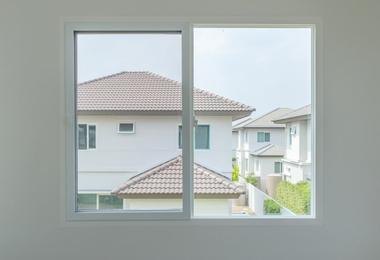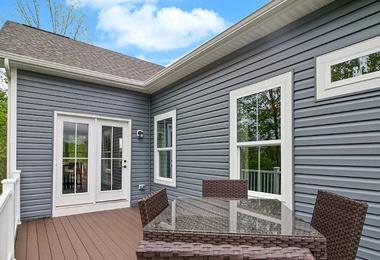Window Types

Casement vs. Sliding Windows: Making the Best Choice for Your Space
When deciding between casement and sliding windows, it helps to understand how they function, how they’re built, and what day-to-day use looks like. These two popular styles differ significantly in mechanics, appearance, and performance.

Tilt & Turn vs. Casement Windows: What's the Better Choice for Ventilation?
Tilt-and-turn windows feature a dual-function design: a top-tilt mode for ventilation and a full inward swing for cleaning and emergency egress. That’s the beauty of a tilt and turn window. It’s not just a design trend; it’s a highly functional architectural feature increasingly popular in modern homes across Canada.

What Window Frames Are Best for Coastal Areas in Ontario?
Imagine your home perched near the edge of Lake Ontario or the shoreline of Georgian Bay. It’s beautiful, but it also means your windows are constantly at odds with nature. The environmental stressors in coastal zones are no joke. They affect not just your view, but the structural integrity of your window frames.

Smart Glass Windows: What They Are
Imagine looking out your window on a bright summer day and, without drawing a curtain, being able to dim the sunlight with the tap of a finger — or no tap at all. That’s the essence of smart glass. Unlike regular glass, which is static and passive, smart glass is dynamic. It changes its light transmission properties depending on environmental conditions or user input.

Maximizing Privacy with Frosted and Textured Glass Windows
Privacy glass functions through several methods that alter the transparency of the glass surface. These methods range from mechanical modifications, like etching or sandblasting, to technological innovations such as smart glass systems. Understanding how each type works is essential to choosing the right one for specific needs.

What is a Window Well?
Imagine trying to add a window to your basement. You cut into the foundation wall and install the window, but what’s to stop water, debris, or even soil from piling against the glass? That’s where a window well steps in.
- Maritimes 6
- Product Comparisons 20
- Buying Guides 23
- Doors Types 26
- Energy Efficiency and Sustainability 31
- Home Improvement 23
- Installation and Replacement Tips 22
- Local Guides 41
- Maintenance and Repairs 29
- Manufacturers Reviews 7
- Pricing and Financing 14
- Room-Specific Windows 13
- Safety and Security 9
- Seasonal Tips 7
- Window Styles 12
- Window Types 40
- Past Projects



